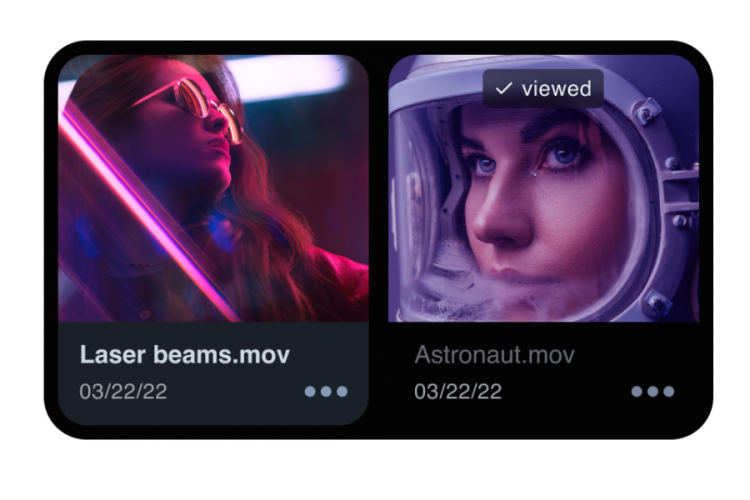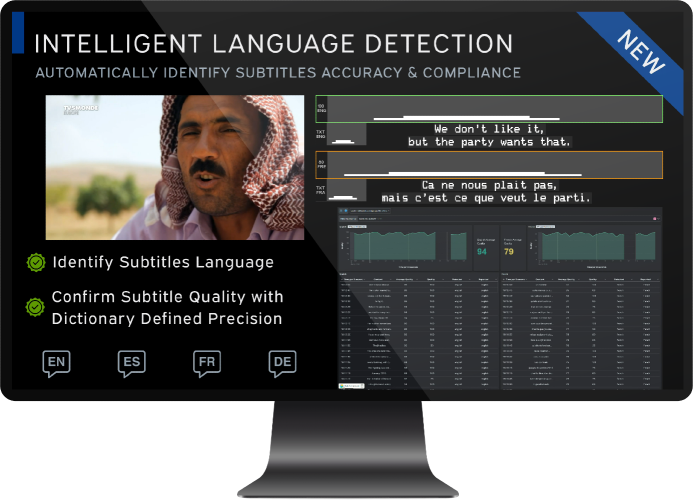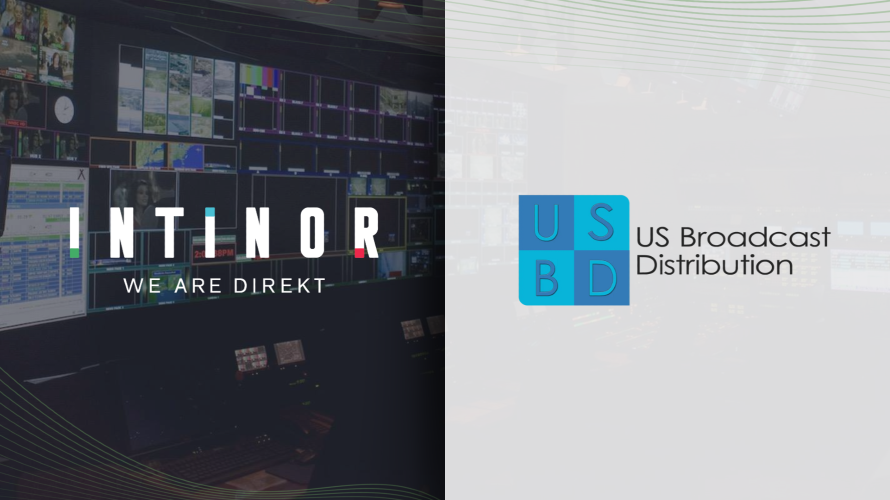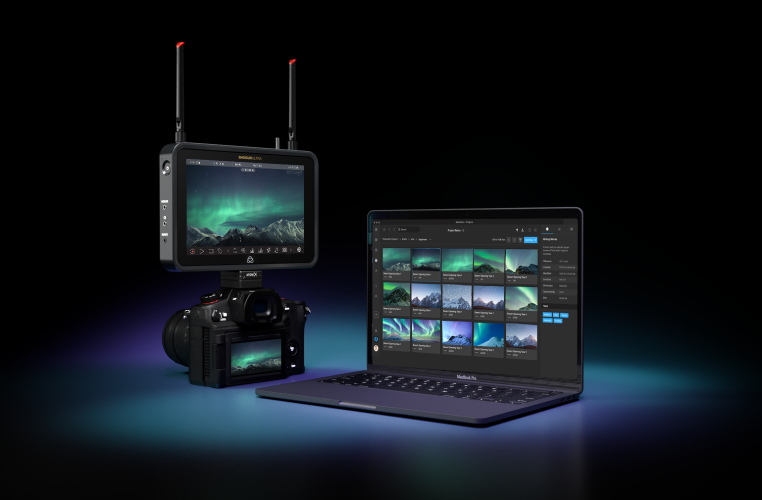by Dick Hobbs Issue 101 - May 2015
In the immediate aftermath of NAB and its bombardment by new gizmos, I want to talk about Professor Noriaki Kano. In the 1980s, at the Tokyo University of Science, he came up with a simple model of product design for customer satisfaction.
His original work was more complicated than this diagram, but fundamentally he said that the features in any product can be grouped by three: the baseline expectation, the linear satisfiers, and the delighters.
If we take the point where the axes cross as indifferent in terms of satisfaction, then the Kano model says that the baseline expectations do nothing to make us feel good, but if something does not do the basics you are entitled to get angry.
A few years ago I was working with a professional camcorder from a leading broadcast vendor (no names, no pack drill) that - we discovered after an important interview - allowed you to press record without any recording medium in the device. Red light, everything looking good, cracking interview, but no actual recording. Failure on baseline expectations; significantly reduced satisfaction.
Linear satisfiers are the metrics on which products are measured. In the old days we might see a steady improvement in signal to noise ratio as a linear satisfier. Today the move from H.264/AVC to H.265/HEVC is a linear satisfier: we get a bitrate reduction without losing quality.
This is also where the price is set. We would expect an HEVC encoder to cost more than an H.264 encoder, because it requires a lot more processing. Vendors have to ask themselves how much an improvement in performance or functionality is worth to the customer.
At the top of the graph are the delighters: features that you were not looking for but, once you see them, you must have. If your edit suite made cappuccinos every 90 minutes, that would be a delighter.
[There used to be a playout automation company called Abit. They got so bored with telling people that their system automated everything in master control, at IBC one year they actually connected it to a kettle, so you could put making tea in the playlist.]
The problem for innovators is that delighters very quickly get moved down the food chain, to satisfiers and then to the baseline. Think back to 2007 and Steve Jobs announcing "a wide-screen touch control iPod, a new mobile phone, and a breakthrough internet communicator". Then the iPhone seemed like the most delightful of delighters.
Today having data on a phone is probably a baseline expectation. A camera on a mobile phone falls into the linear satisfier category because it is specification-driven. People argue about the pixel count. I have shot a slo-mo video (of the dog) on my iPhone, and posted it to Facebook. I\'m not proud.
What about the GoPro? A camera (HD baseline expectations met) with in-built storage (scalable for linear satisfaction) but the delighter was that it was such a tiny package. Today, though, there are a lot of miniature cameras on the market.
Which brings us back to NAB. What were the products delighting visitors? Truth to tell - virtually nothing. Top talking points were 4k, IP and the cloud. And they are linear satisfiers at best.
Marco Lopez of Grass Valley said "4k tells better stories". He may be right, although I remain to be convinced that throwing more pixels at the screen makes for better content. But 4k is in the continuum between standard definition and 8k Super Hi-Vision. It\'s not a delighter: it is the point you pick along the linear satisfier line.
I would argue, too, that the IP transition is something we have to do for economic reasons, and far from delighting it is causing huge headaches. The lack of interconnectivity and interoperability standards is putting the cause of open integration back decades. IP, at least at the moment, is if anything a dis-delighter. Yes, I know I just made that word up.
Cloud? I spoke to maybe four people all week at NAB who even knew what the word means.
Lest you think it was all doom and gloom, I did see one product which I loved, and which I think (for now at least) scores very high on the delighter part of the model. TSL was asked for a studio clock system, as the traditional manufacturers of studio clocks are no longer around. Their solution was to put a clock and a production timer on a screen, synced to NTP time.
So far, so unremarkable. Baseline expectation of a studio clock is that it tells the right time. But they realised that they actually now had a broadcast digital signage system, and they could put anything on any screen. No more scruffy sheets of paper outside the studio with the production, name of the floor manager and the phone of the PA: use a screen with dynamic information. Intake screens in the newsroom. Cue lights. Video feeds. Branding.
The BBC in central London already has more than a thousand clients, and they sit on the regular office network. It works, is attractive, and does something no-one has thought of. Definitely a delighter.




































